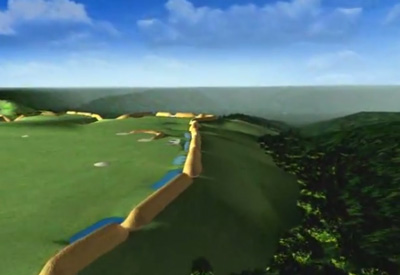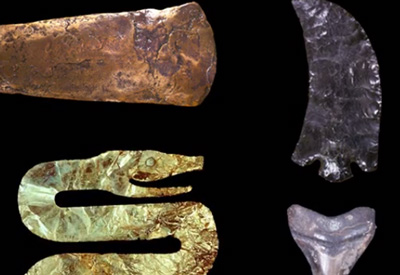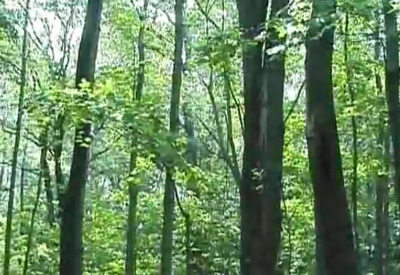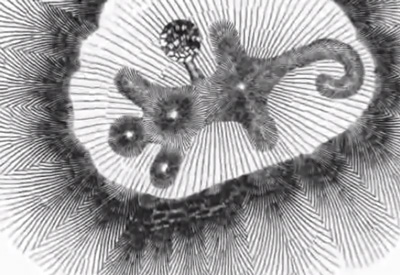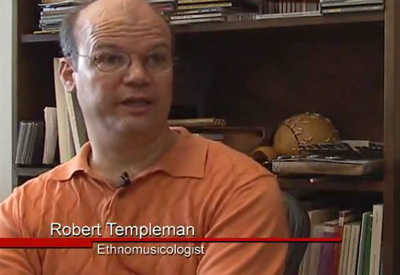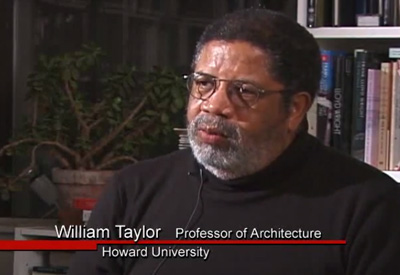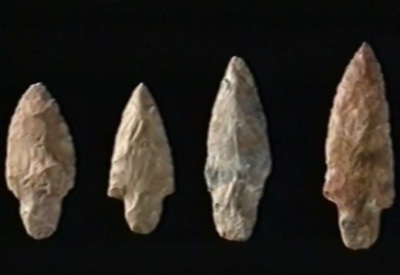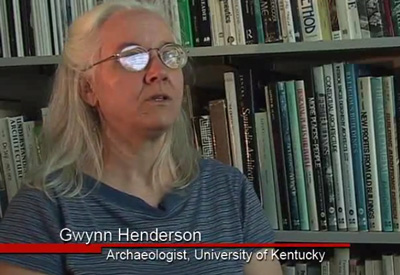
Topics
Hopewell Hilltops
Play video
The nature and variety of Hopewell hilltop enclosures, suggesting how and why they were built.
Precious Materials
Play video
An overview of the use and trade of precious materials used in making artifacts associated with the earthworks: copper, obsidian, mica, pearls, and flint.
Textiles
Play video
An explanation of the variety and complexity of Hopewell textiles, with a demonstration by Dr. Kathryn Jakes of how plant fibers were obtained from stems.
Earth, Soil
Play video
Architectural historian and Project Director John Hancock explains how the earthwork builders understood “earth” itself as an architectural element.
Forests
Play video
All the Ohio Valley was once covered with dense forest, meaning that the large clearings artificially created for the earthworks created an enormous impact.
Effigies
Play video
Exploration of the Great Serpent Mound and other effigies now attributed to the Fort Ancient culture, compared with effigies from elsewhere in the Americas.
Music
Play video
Ethnomusicologist Robert Templeman emphasizes that the builders’ music (panpipes, rattles, rasps, drums, and voices) differed in sound and purpose from we know today.
Music and Authenticity
Play video
Ethnomusicologist Robert Templeman points out that most of the music in our program is “Westernized,” and inauthentic.
The Uncanny
Play video
Architect William Taylor describes the feeling of being next to the great earthworks as uncanny, as though another world were projecting into the one we know.
Elaboration and Ritual
Play video
Dr. David Cave explores the reasons for the great size and elaboration in ritual grounds and preparations, across cultures.
Deposits
Play video
A discussion of the practice, and examples, of Hopewell interment of precious objects and materials in the earth.
Light and Shadow
Play video
Archaeologist Dr. Gwynne Henderson of the University of Kentucky talks about the aesthetic power of light and shadow in earthwork design.

